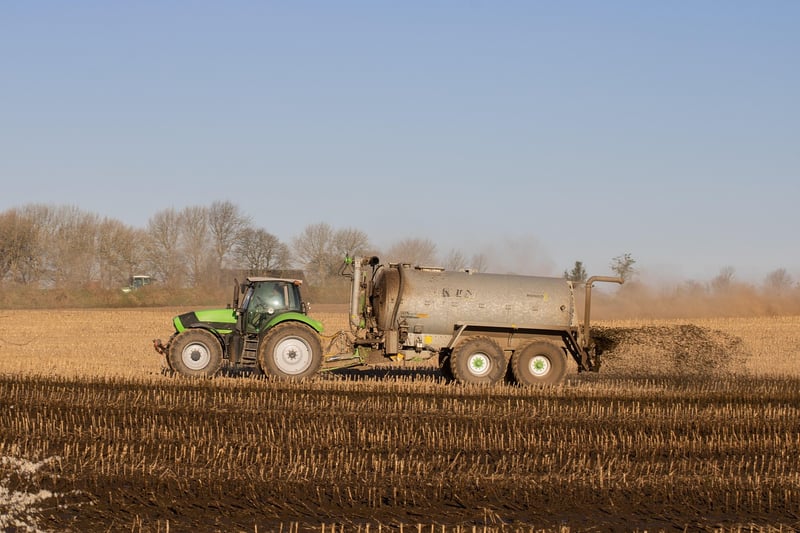Fertilizing Strategies
Essential Tips for Maintaining a Healthy and Vibrant Vertical Garden
Tips for a Healthy Vertical Garden:
- Choose the Right Plants: Select plants that are suitable for vertical growing conditions and consider the amount of sunlight they will receive.
- Provide Adequate Watering: Ensure your vertical garden receives enough water, as plants in vertical gardens can dry out more quickly than traditional gardens.
- Monitor Soil Moisture: Check the moisture level of the soil regularly and adjust your watering schedule accordingly.
- Prune Regularly: Keep your plants healthy by pruning dead or damaged leaves and stems to promote new growth.
- Inspect for Pests: Check your vertical garden for pests regularly and take appropriate measures to control infestations.
- Support Plant Growth: Use trellises, stakes, or other support systems to help plants grow vertically and prevent them from becoming leggy.
Fertilizing Strategies for Vertical Gardens:
Vertical gardens require regular fertilization to ensure plants have the nutrients they need to thrive. Here are some fertilizing strategies to keep your vertical garden healthy and vibrant:
1. Choose the Right Fertilizer:
Select a fertilizer that is suitable for the types of plants in your vertical garden. Consider using a balanced fertilizer with equal parts nitrogen, phosphorus, and potassium.
2. Follow a Feeding Schedule:
Establish a regular feeding schedule for your vertical garden based on the specific needs of your plants. Some plants may require more frequent fertilization than others.
3. Use Organic Fertilizers:
Consider using organic fertilizers to promote healthy growth and minimize the risk of chemical buildup in your vertical garden.
4. Apply Fertilizer Carefully:
Avoid over-fertilizing your vertical garden, as this can lead to nutrient imbalances and damage to your plants. Follow the recommended dosage guidelines on the fertilizer packaging.
5. Monitor Plant Growth:
Pay attention to the growth of your plants and adjust your fertilizing schedule as needed. Look for signs of nutrient deficiencies or excesses, such as yellowing leaves or stunted growth.
6. Consider Slow-Release Fertilizers:
Slow-release fertilizers can provide a steady supply of nutrients to your vertical garden over an extended period, reducing the need for frequent fertilization.
By following these essential tips and fertilizing strategies, you can ensure that your vertical garden remains healthy, vibrant, and flourishing with lush greenery.

For more information and inspiration on vertical gardening, you can visit The Spruce.
